Adequate sleep duration for age on a regular basis leads to improved attention, behaviour, learning, memory, emotional regulation, quality of life, and mental and physical health. Infants of 4 months to 2 years should get 11 to 16 hours of sleep per day (including naps) on a regular basis, in order to promote optimal health, according to the American Academy of Pediatrics.
However, what is supposed to be a tranquil and resting time for babies can quickly turn into a nightmare if safe sleep practices are not taken seriously by parents or caregivers. Children can get injured or worse, die (i.e. from Sudden Infant Death Syndrome) as a result of unsafe sleep environment and practices.
Sudden Infant Death Syndrome (SIDS)
SIDS is an unexplained death, usually during sleep, of a seemingly healthy baby. It usually occurs between 1 and 4 months of age and the majority (90%) of SIDS deaths occur before a baby reaches 6 months of age. SIDS is sometimes known as crib death because the infants often die in their cribs. Although rare in Asian countries compared with the West, it is still good to be safe.
Here is how you can keep your baby safe while sleeping:
Back to Sleep
To reduce the risk of SIDS, infants should be placed to sleep in a supine position (wholly on the back) until the child reaches 1 year of age – this goes for preterm infants as well. Avoid sleeping on baby’s tummy because it is not safe and increases the risk of SIDS.
Firm Sleeping Surface
Use a firm mattress and fitted mattress sheet that does not conform to the shape of the infant’s head when the infant is placed on the surface. Keep the infant’s sleep environment clear of toys and soft or loose mattress sheet, larger-than-needed blankets, or overcrowding of pillows and bolsters. A large percentage of infants who die of SIDS are found with their head covered by loose bedding.
Sleep Apparel
Dress your baby in light sleep clothes, nothing too thick that you yourself would not wear in the same temperature. Remove any strings or ties from his pyjamas and don’t cover his head. Keep the room at a temperature that is comfortable for you and make sure your baby is not too hot or cold – overheating can increase the risk of SIDS.
Hazard-free
Keep the sleep area away from hazards such as dangling cords, electric wires, and window-covering cords because these may present a strangulation risk.
Sleep Separately
Infants should not be placed to sleep on beds, because of the risk of entrapment and suffocation. There is also a risk of being crushed under the weight of adults sleeping on the same bed. In addition, portable bed rails should not be used with infants, because of the risk of entrapment and strangulation.
Place your baby’s crib close to your bed so that he is within view and reach in case something should happen. If you need to feed your baby on the bed, transfer him into his crib when you are ready to go to sleep.
Sleeping on the Move
Sitting devices, such as car seats, strollers, swings, infant carriers, and infant slings, are not recommended for routine sleep particularly for young infants. Avoid sleeping on a sofa or in an armchair with your baby and do not leave your baby unattended while they are asleep.
Breastfeeding Reduces Risk
Breastfeeding is associated with a reduced risk of SIDS and the protective effect of breastfeeding increases with exclusivity. It is recommended that mothers exclusively breastfeed their baby for at least the first 6 month of life. However, do not worry if you cannot exclusively breastfeed your baby because any breastfeeding has been shown to be more protective against SIDS than no breastfeeding at all.
Avoid Alcohol, Illicit Drugs and Tobacco
Alcohol and illicit drug use during pregnancy and after birth should be avoided. Infants of mothers who drink alcohol during pregnancy have lower birth weights, are more likely to have been delivered prematurely, are smaller in size, display deficits and reduced arousability – these factors increase the risk of SIDS. Adults who are under the influence of either alcohol or illicit drugs and at the same time sleep on the same bed as their baby’s, increase the risk of SIDS and injury as well.
Meanwhile, both maternal smoking during pregnancy and smoke in the infant’s environment after birth are also major risk factors for SIDS. The risk is particularly high when the infant is sleeping on the same bed with an adult smoker, even when the adult does not smoke in bed.
In one local study about unintentional injury and its prevention in infants, the authors were appalled to learn that while many Malaysian parents have knowledge of safety steps while sleeping, they chose not to practice them. This shows that merely knowing about these steps is not enough. You must take action now, after a while, it will become a habit that comes naturally which is an advantage as you go on to have more children.
An educational contribution by Malaysian Paediatric Association.

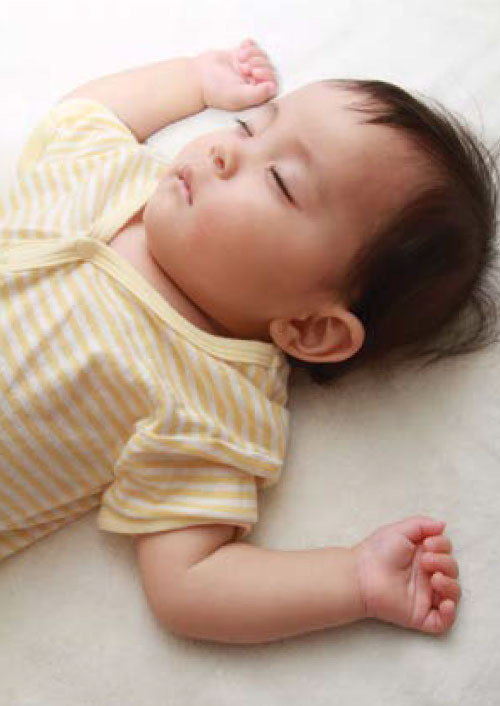
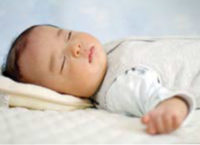
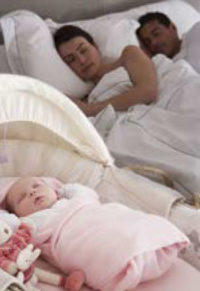
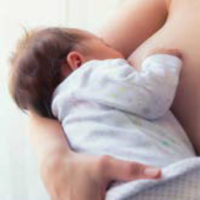


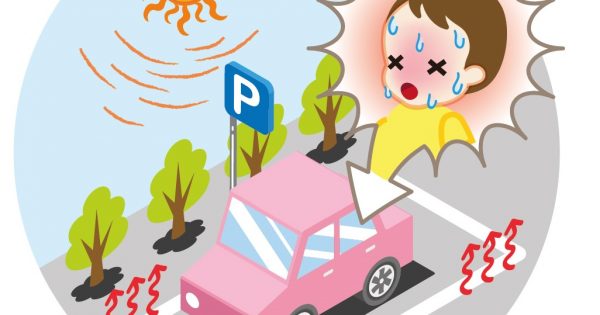
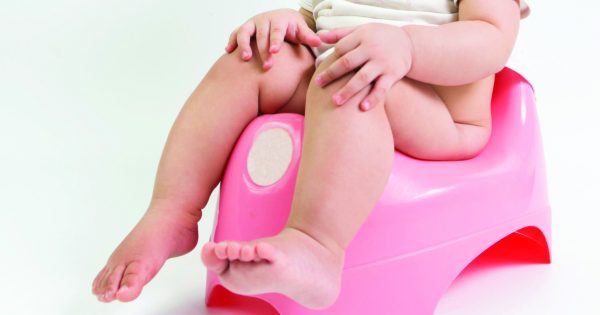
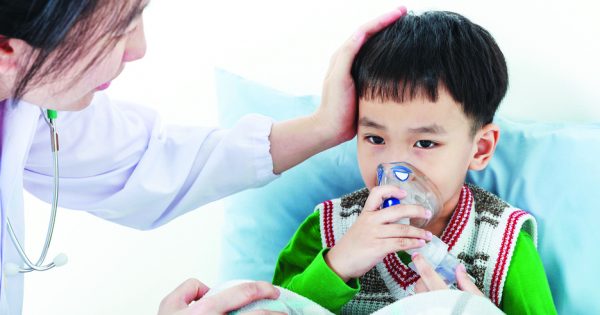
Comments